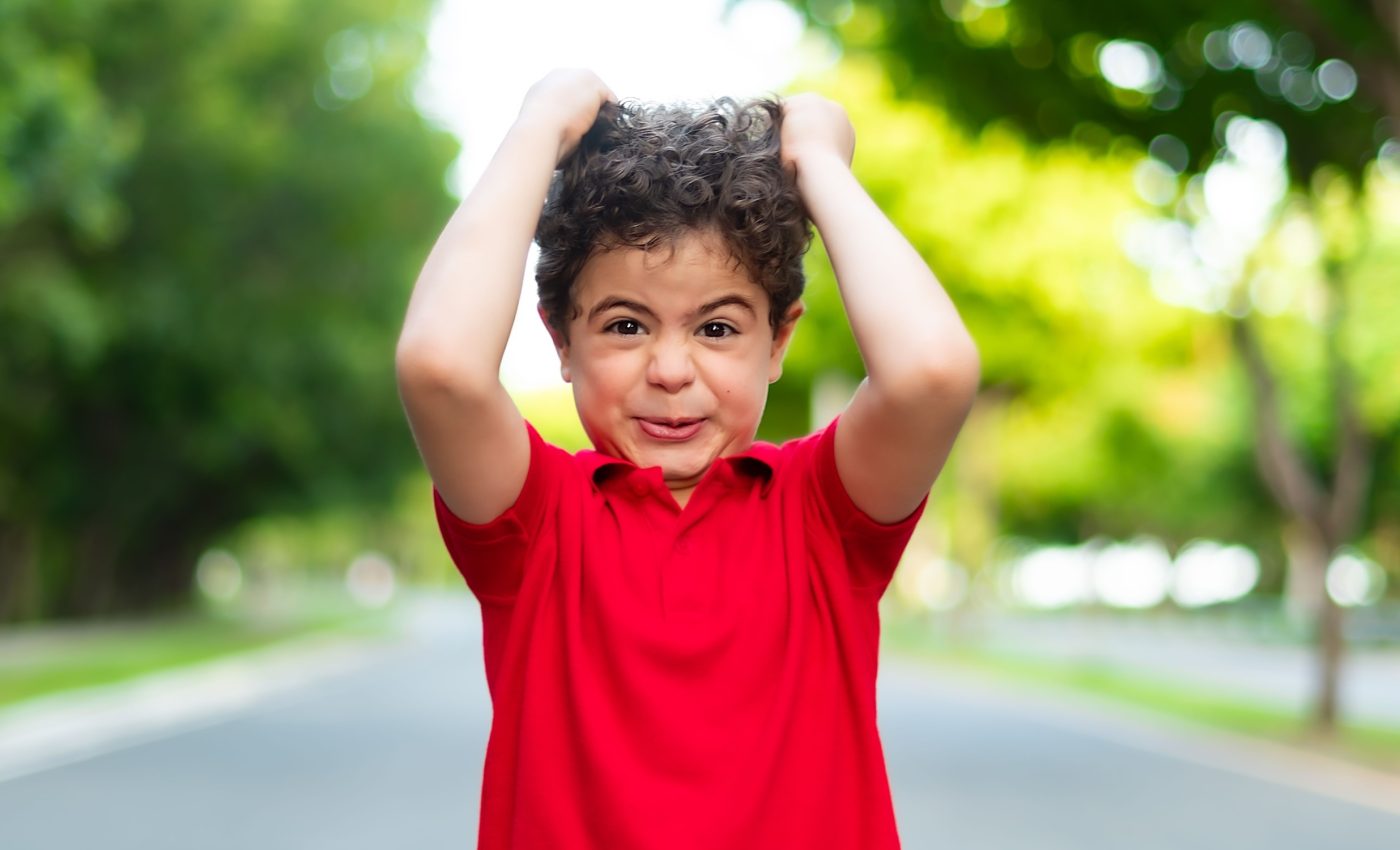
Kids with behavioral issues have high cortisol levels in their hair
Have you ever wondered why we say we’re pulling our hair out when we feel stressed? While it may be a dramatic way to express frustration, there’s more to this saying than you might think.
The persistent enemy in our lives, stress, has found a place in our hair follicles. Yes, you read it right; our hair can tell a tale of stress, more specifically – chronic stress.
Cortisol: The stress hormone in hair
Cortisol, known as the “stress hormone,” is our body’s automatic reaction to stress. It’s like an alarm that activates when we face threats or challenges. Traditionally, doctors used to measure cortisol levels in our blood, saliva, or urine, which could indicate momentary stress.
However, this could be likened to checking your car’s speed at a specific instance – you can tell how fast you’re going at that moment, but not the average speed of the whole journey.
Our hair, on the other hand, accumulates cortisol over time. This provides a unique window to peek into our longer-term, or chronic, stress levels.
Think about it this way; knowing you’ve forgotten your wallet when you’re about to buy bread is a moment of stress, but it’s not the same as knowing you can’t afford to buy bread on a daily basis.
Ane Arregi-Otxotorena, a researcher at the UPV/EHU’s Faculty of Psychology, uses this crystal-clear analogy to explain the difference between momentary and chronic stress.
Tales from strands of hair
Arregi is part of the Basque Environmental Health Research Group (B-EHRG). The team used hair samples from 11-year-old children to measure chronic stress.
The researchers relied on data from the INMA project, a longitudinal study that collects various data on children and families for long-term research. What they found might come as a surprise.
The experts concluded that children with major behavioral problems had higher levels of cortisol in their hair.
But that’s not all; they also found that maternal stress is connected to children’s behavioral problems, indicating that kids might be mirroring their mothers’ stress through their own behavior. It’s not exactly a comforting insight for moms already worried about the kind of world their children are growing up in.
Unseen noise of stress
Interestingly, the researchers also stumbled upon something unexpected. They found that children exposed to a higher level of environmental noise had lower levels of cortisol in their hair.
But before you think about moving next to a construction site, remember this – the initial stress caused by noise might temporarily increase cortisol levels. However, chronic exposure to noise could potentially lead to a drop in cortisol levels.
However, Arregi cautions that this correlation was significant only among the boys’ sample set, adding a whole new layer of complexity to the mystery of stress. To verify these unexpected results, the team is planning to replicate the research as part of a broader European Athlete (Horizon 2020) project.
Stress, cortisol, and hair
In the grand scheme of things, stress is a product of various external and internal factors. These include environmental elements, like green spaces, air pollution, and noise, as well as social dynamics, like family and school relationships, and individual factors, like sleep patterns and physical activity.
According to Arregi, much remains to be investigated relating to the factors that influence hair cortisol levels in children and young people.
The model created by the team takes into account numerous factors to get a comprehensive picture. It helps determine which variables count and which can be benched when measuring cortisol in hair.
“From now on, the model will allow us to find out which variables should be taken into account when measuring the cortisol level in the hair and which should not,” noted Arregi.
The road ahead
Our understanding of cortisol in hair is still in its infancy. We need to explore further to truly grasp how multiple environmental, social, and individual factors simultaneously influence cortisol concentration in hair. Chronic stress impacts children and adolescents, some of the most vulnerable stages in life.
Being aware of how different factors influence the health of children and adolescents can help us make informed decisions.
“We believe that hair cortisol may be a useful tool when assessing how environmental exposures impact chronic stress,” said Arregi.
“In short, this may help in the deployment of effective public policies; in fact, knowing what can cause the chronic stress of the population in a specific location may make it easier to implement policies to prevent it.”
The study is published in the journal Hormones and Behavior.
—–
Like what you read? Subscribe to our newsletter for engaging articles, exclusive content, and the latest updates.
Check us out on EarthSnap, a free app brought to you by Eric Ralls and Earth.com.
—–













